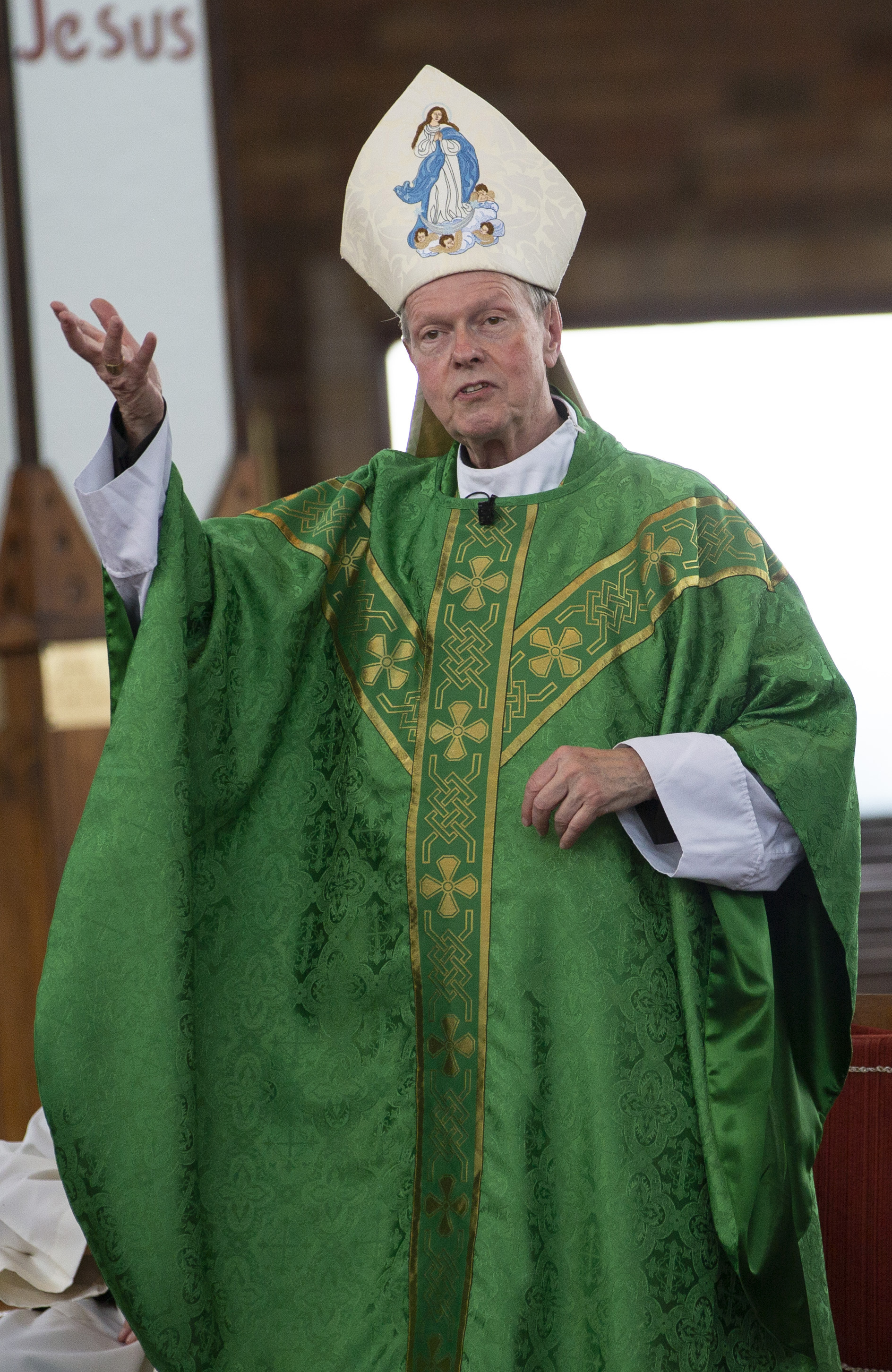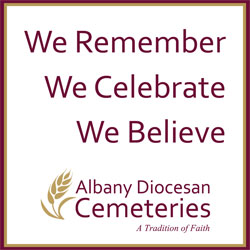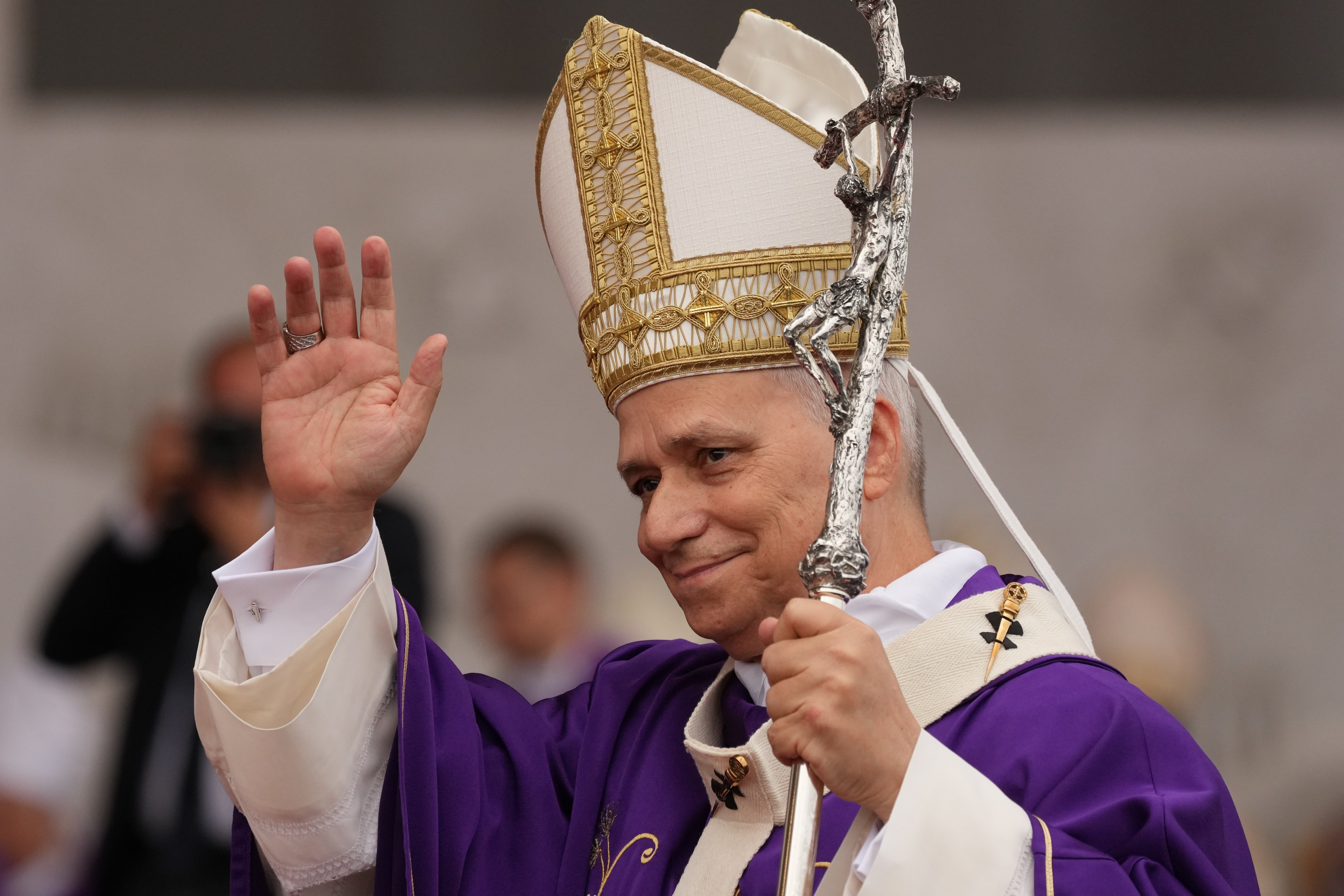August 27, 2025 at 12:28 p.m.
Stumbling into mystical prayer
A long time ago, I learned the practice of relating myself to someone in a scene I’d be reading from the Gospels. The idea was to enter into the mystery of the scene and allow it to come alive for me. In my training, I had learned how to analyze the Bible, to see it from multiple perspectives. I could analyze it linguistically, culturally and historically. I could even relate it to people’s lives and work to make its lessons applicable to their situation in life. But when I tried to relate myself to any of the many of the afflicted that Jesus healed, I’d find myself relating to those who were blind or deaf. In my own restless anxieties, I could even at times relate to those struggling with possession. But I related to them because I have always accepted a faith that cannot see and cannot hear. I believe these things out of an abiding trust in God, whose goodness has manifested through the blessings that I could see: a loving wife, my children, a home to live in, the ability to pay the bills. The rest of it I simply could not see.
As a child, I secretly asked God to allow me to see Mary as the three child visionaries at Fatima. For most of my life, however, I believe God has allowed me to experience solidarity with so many friends and acquaintances who did not believe because they did not see and therefore did not believe. I shared in their longing for more and their bitterness at God’s silence. Unlike them, I found consolation through the things I could see: the love within my parish, through the Eucharist and the relief of the Sacrament of Reconciliation, and, above all, Scripture. These things have always fed me and they could be as tangible to anyone else as they were to me, if only they would give them the chance. These were my sensory experiences of God, available to anyone who felt blind or deaf to our invisible and silent God.
I recently completed a year of undergoing the Ignatian Spiritual Exercises for formation toward the diaconate. The exercises draw one into imaginative prayer, inserting ourselves into biblical scenes and being attentive to feelings, promptings and realizations as a way of drawing into the mysteries surrounding the life of Jesus. The experiences I had were familiar to me as someone who has spent most of my life as an intentional disciple of Jesus. Still, my way “in” to the text was mainly analytical, even as the experiences were genuine. At the end, I was deaf and blind as I had been before and that was okay.
The Catechism speaks of three kinds of prayer: vocal prayer, meditation and contemplation. We begin by expressing ourselves to God in words, in formal prayers or petitions or giving thanks or praise. If we go deeper, we begin to meditate on the mystery of God and the mysteries of faith. All of this hopes to draw us into contemplation, to be drawn into God’s presence, a place where words and analysis could only distract us from being with our Beloved.
I want to speak briefly of the importance of meditation and how it served me just recently. I like to think of meditation as reflection, sometimes active and sometimes passive. On a recent night, I was reflecting on a decidedly non-spiritual work on the historical, religious, and social context of early Judaism (“Judaism: Practice and Belief, 63 BCE to 66CE” by E.P. Sanders). I read the book years ago but found myself moved by this quite secular description of the religious practices of Jewish people at the time of Jesus. The section I was reading described the pilgrimage festivals, particularly the Passover. It described the population of Jerusalem at the time of Jesus, the political implications of the Passover festival and the threat of revolt in the air, the tithes that were saved throughout the year that were meant to be spent in Jerusalem, the swell of pilgrims coming from the surrounding areas and those who came from quite a far distance who might only come to Jerusalem just this once in their lifetime, the pilgrimage Psalms that built anticipation for entering this most holy of all cities, the awe of preparing to approach God’s Presence on earth in the holy Temple, the rituals of purification required to come anywhere close to the most holy place, and the anticipation of the relief of forgiveness as living animals were ushered toward the priests in what must have been long lines so that they may be sacrificed and offered to God. All of this is happening while Roman soldiers patrolled the porticoes of the Temple in order to keep the crowd in line.
As I was reflecting on these images at the end of the night, I was drawn into the mystery of what Jerusalem was like for Jesus during the last week of his life. I closed my eyes and it became very real, like seeing without my eyes. I perceived colors and sound and felt the excitement that contained a little danger. I was taken aback by what I experienced and it has both fed and unsettled me. I am exceedingly grateful for the experience.
I’ve been reading “How Catholics Encounter the Bible” by Michael Peppard (2024, Oxford University Press) and he speaks of the mystical tradition as one of the great gifts of Catholic spirituality. He quotes Bernard McGinn in describing mysticism: “It might be better to speak of them as ‘visualizations’ rather than visions, in order to stress the fact that they are imaginative creations ‘seen’ by the mystic as she strives to appropriate the inner meaning of the action of the liturgy,” which is where most Catholics encounter Scripture. In this, mystical prayer isn’t very far for a Catholic who allows themselves to be imbued with the riches in Scripture and worship, if only we allow ourselves to be drawn into them. And so, the other night, I found that I had stumbled into mystical prayer.
Tom Acemoglu is the Pastoral Associate for Evangelization and Catechesis at St. Ambrose Church in Latham.
- Delaware law enforcement, governor, community mourn loss of trooper in fatal shooting
- From Chicago to Peru to Rome, Pope Leo remains ‘one of us,’ say US Catholics
- At home with Jesus
- Priest gets kidney from principal — and love, support, prayers from parishes, students
- Redemptorist priest’s explosive dispatches revealed Vatican II’s hidden conflicts
- Nigerian Catholic Church leaders give mixed reaction to US airstrikes
- US strikes Nigeria targeting Islamic extremists to ‘stop the slaughtering of Christians,’ says Trump
- 2025 brought new pope, new president, and immigration as key issue
- Linger in contemplation at the manger with the Holy Family
- Across the world, Christmas shines even — and especially — in the darkest places








Comments:
You must login to comment.